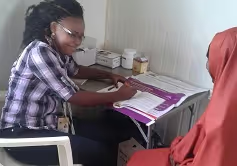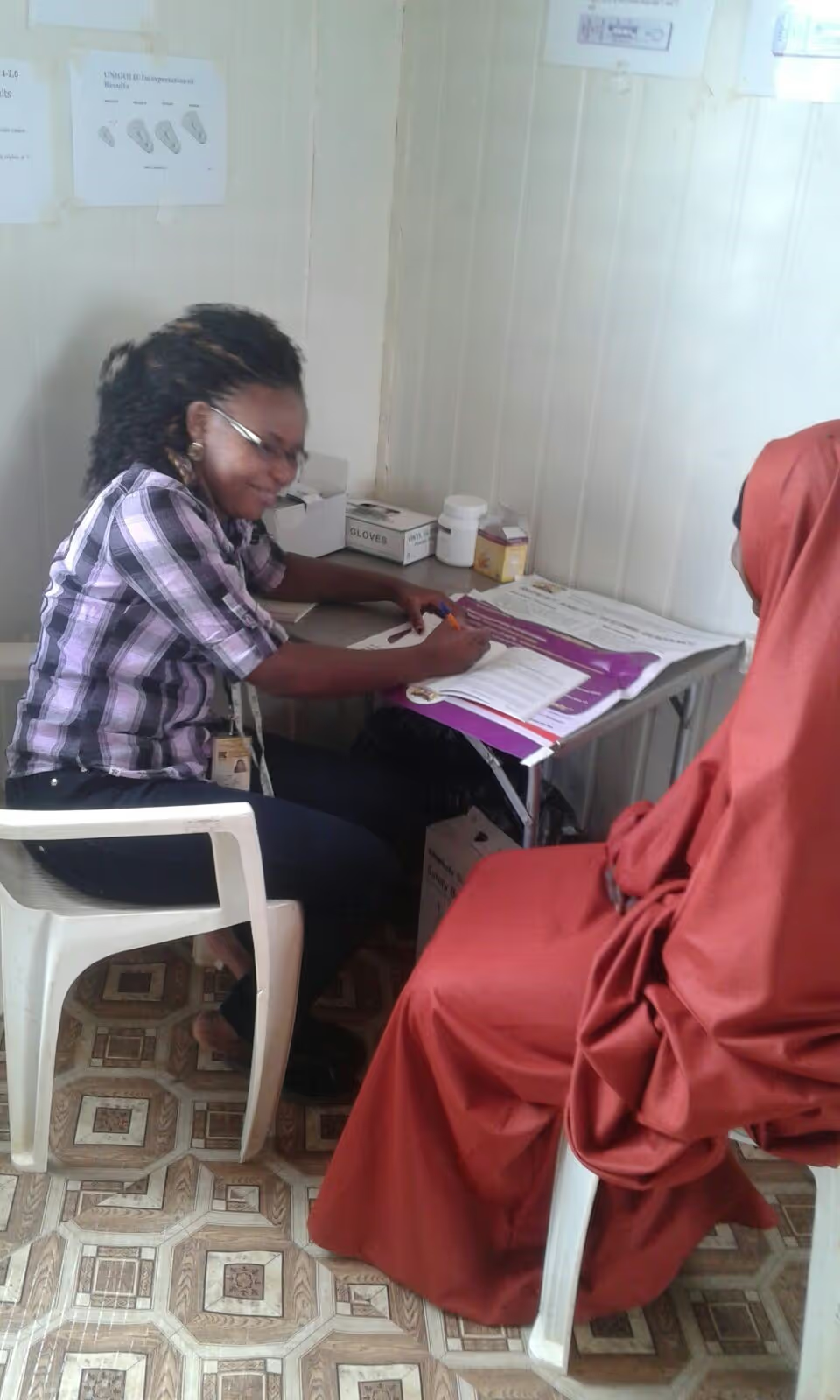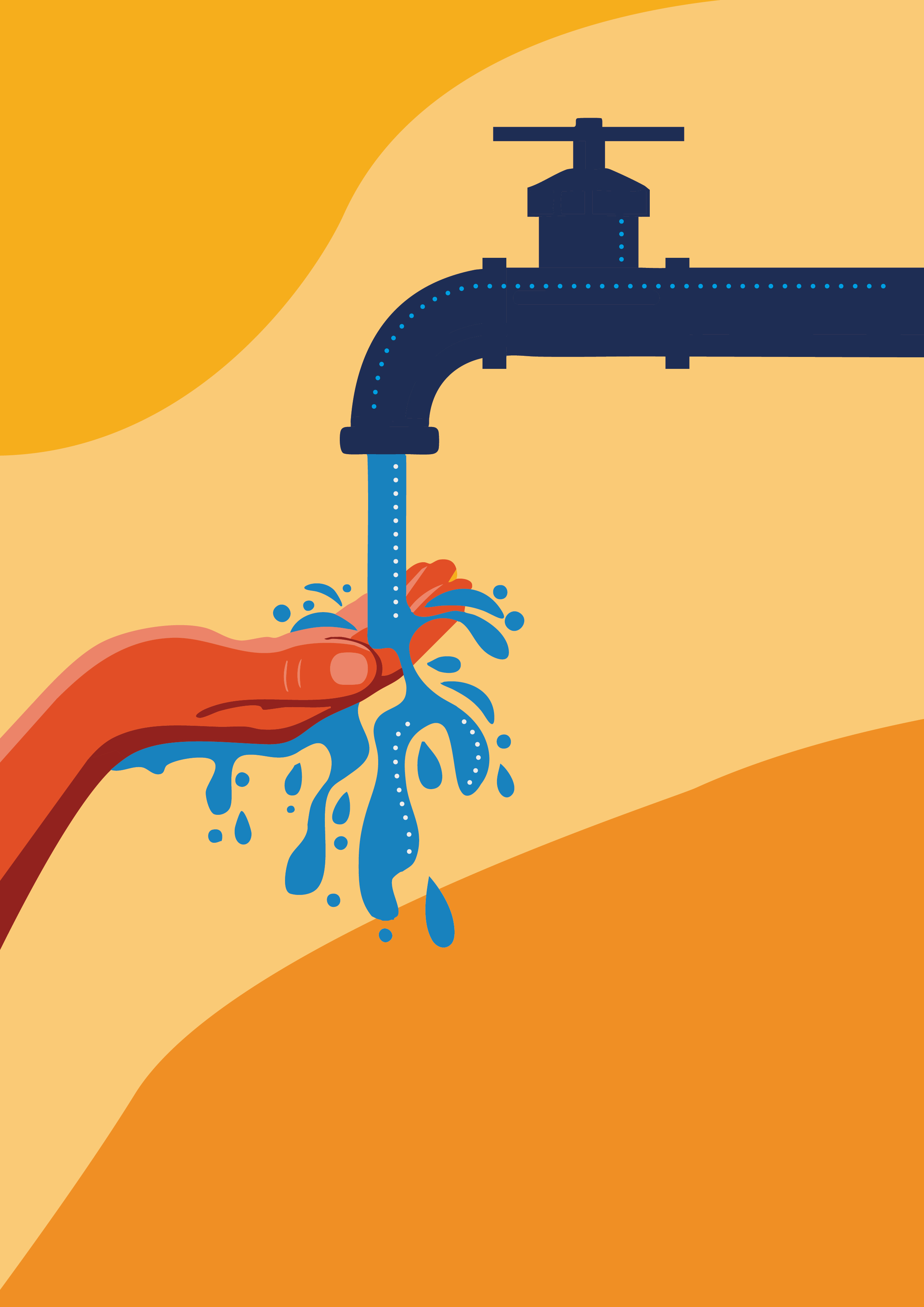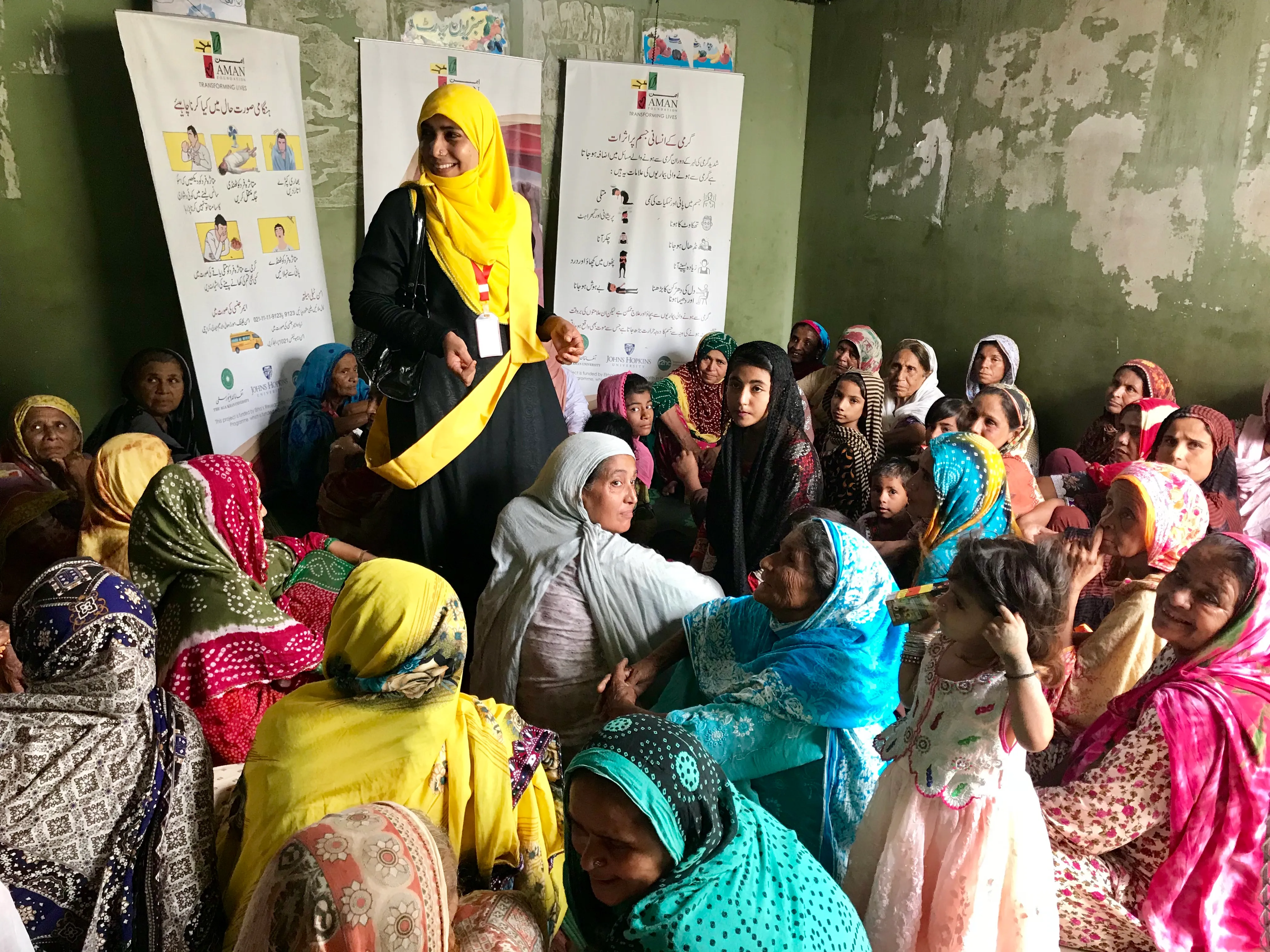Provider experiences with measuring felt stigma and psycho-social well-being

“The women reacted differently during the survey: it unearthed the unhealed wounds of some, whereby I would stop the interview and provide psycho-social support until they become emotionally stable. Others with support systems and coping mechanisms are emotionally stronger”
Those who have been following the blog series will know that the IRC is on a mission to develop measurement tools which allow the humanitarian community to measure the impact of GBV programming in terms of psycho-social well-being and felt stigma in a safe, feasible and acceptable way.
The words above belong to Jackline Obwanda, as she describes her experience of piloting the newly adapted monitoring and evaluation (M&;E) tool among female GBV survivors in Dadaab refugee camp in Kenya. In order to validate the tool, social workers are in the process of applying the tools with 200 women in Kenya and Jordan during regular case management sessions. And we’re almost there.

According to Jackline, the survey enables her to understand the burden of violence through one-on-one conversations guided by the measurement tool. It was more realistic and awakening, and it has also enabled her to have a deeper understanding of other burdens survivors carry within enlarged families, caring responsibilities and dealing with consequences of violence such as name calling, blame and isolation. She is convinced that the tool should continually be used in order to understand the effects of stigma to survivors of GBV and also to inform programming around prevention activities. These observations are echoed by Lilian Kasina, IRC M&;E Coordinator, who believes that the tool will be helpful to implementing partners in two ways: firstly by measuring outcomes of GBV interventions, and secondly by getting a deeper understanding of the difficulties the survivors go through on their road to recovery.
Manal Fataftah, the IRC Deputy Program Manager in Jordan, revealed that in her experience, the survivors felt most comfortable talking to a trusted case manager compared to an unknown protection staff member. This is interesting information as we often prefer outsiders during evaluation surveys to avoid compliance bias, but given the sensitive nature of GBV programming, we need to put the comfort and the safety of clients at the forefront of evaluation. As part of the current research we will have to establish the validity of measurement tools that are applied by known staff.
Another assumption to explore is the use of tablets in counselling sessions. We often fear that introducing technology will interfere with the provider/client interaction. Feedback from the case managers shows that while the use of tablets in the beginning made the interview slightly mechanic, it didn’t have a negative impact once the case manager got used to the survey and furthermore reassured the clients that no personal identifiers would be recorded.
The next question to answer will be how the women feel about the survey: is it correct that women find the questions acceptable, that the survey serves as tool to get a deeper understanding of the individual needs and does the use of tablets matter in the intimate space of counselling of GBV survivors?

Stay updated
Sign up for our newsletter to receive regular updates on resources, news, and insights like this. Don’t miss out on important information that can help you stay informed and engaged.
Related articles



Explore Elrha
Learn more about our mission, the organisations we support, and the resources we provide to drive research and innovation in humanitarian response.